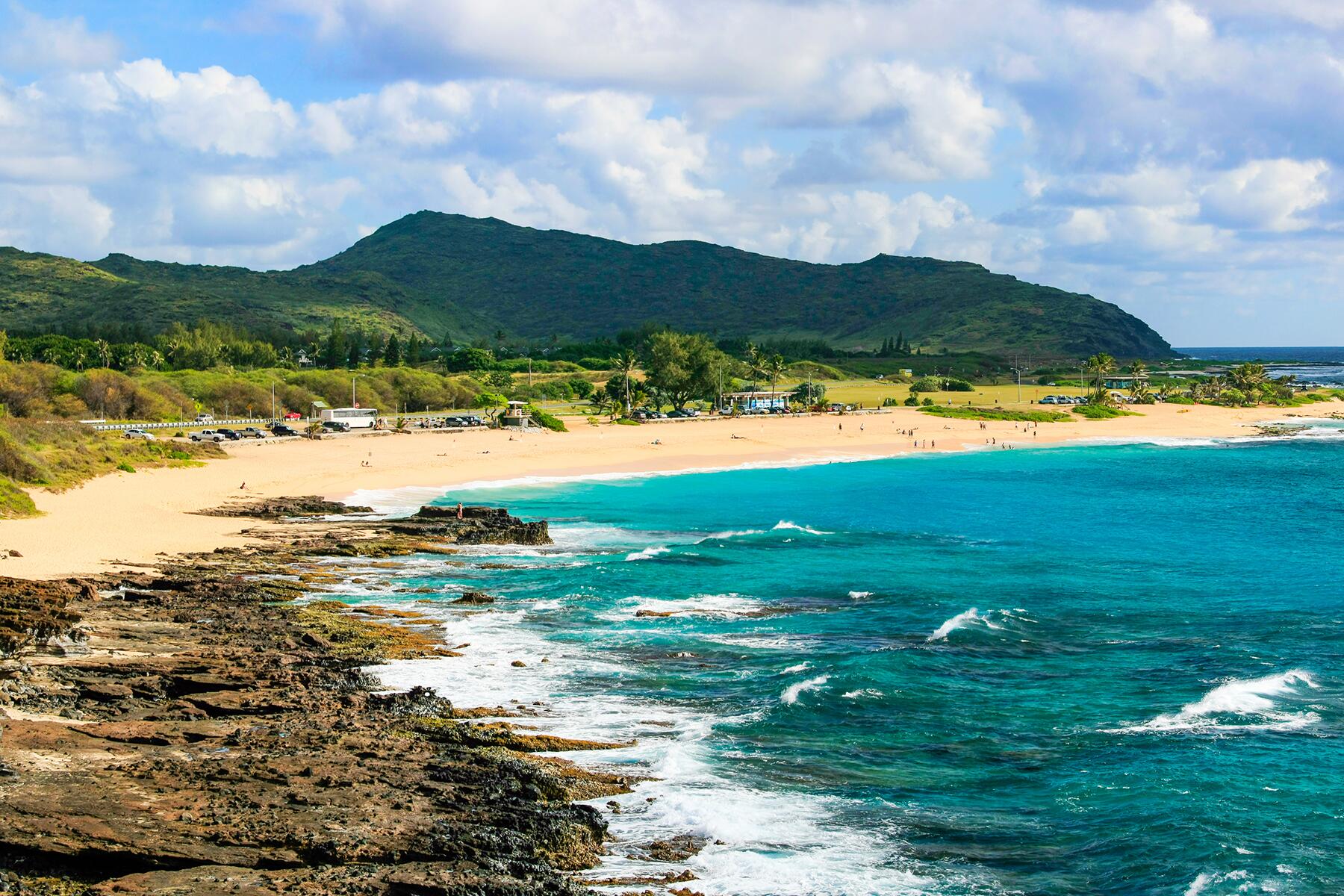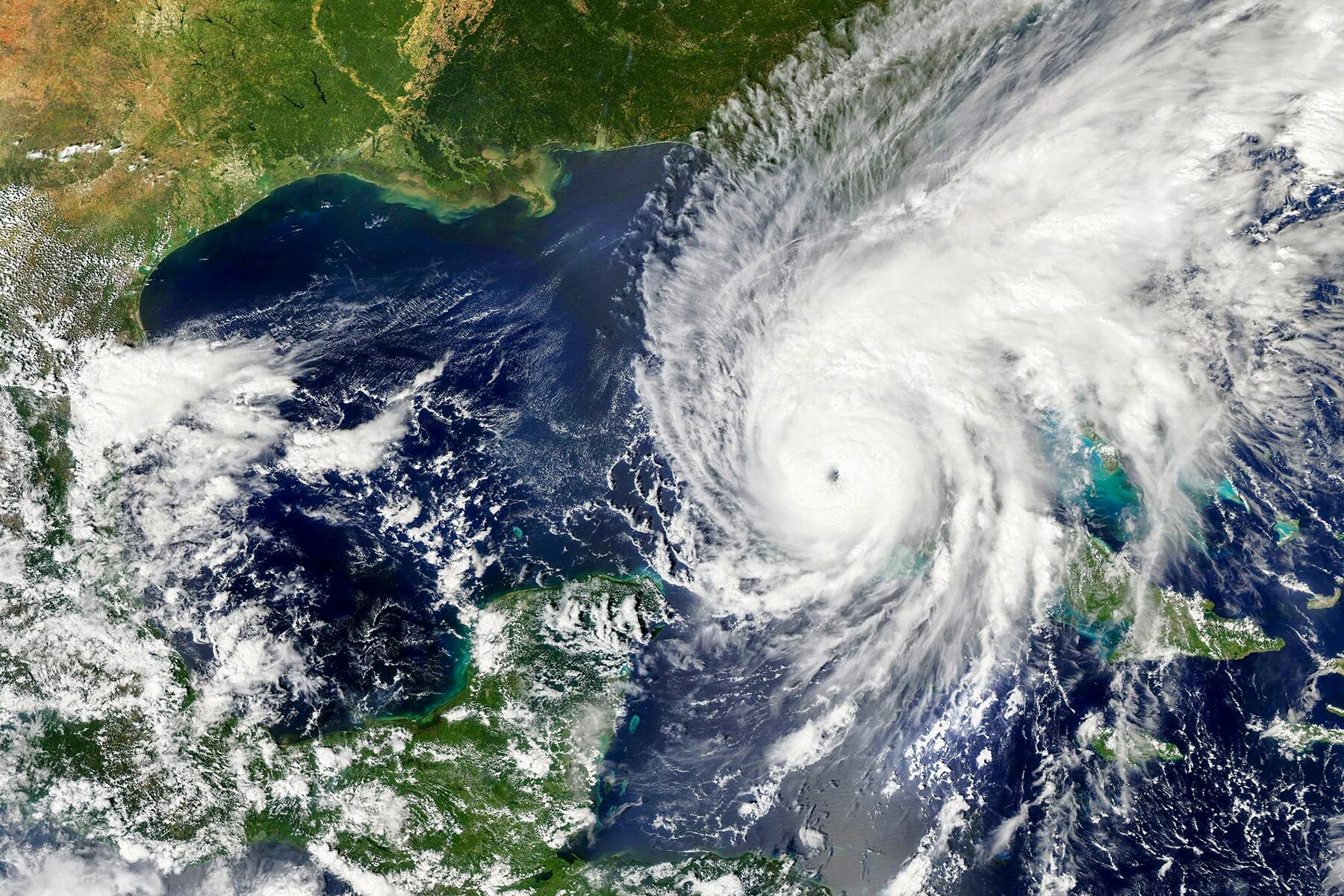The country is no stranger to extreme weather events.
In September, Hurricane Ian leveled communities in Florida. The Category 4 storm left behind carnage; residents are still picking up the pieces of their lives. Reports of the aftermath are heartbreaking, and it will take the state months to bounce back.
As unfortunate as it sounds, the U.S. is no stranger to extreme weather events—all eyes turn to the weather gods during the hurricane season (June 1 to November 30). There have been more than 300 hurricanes that have hit the coastline since 1851, and 80% have landed in Florida, Texas, and Louisiana.
Hurricanes are categorized using the Saffir-Simpson Hurricane Wind Scale (1 to 5). Categories 1 and 2 can also cause major damage and power outages, but Category 3 and higher are considered major hurricanes. Categories 4 and 5 storms are catastrophic, with 130-156 mph sustained winds for the former and 157+ mph sustained winds for the latter. Category 5 storms are rare—only four such powerful storms have made landfall in the U.S. Ian was the ninth category 4 or 5 storm to hit the mainland U.S. in the last five decades.
Extreme weather events are happening more frequently and causing more damage than before. Scientists have been researching the impact of a warming planet on hurricanes. A NASA report explains causation, “Due to global warming, global climate models predict hurricanes will likely cause more intense rainfall and have an increased coastal flood risk due to higher storm surge caused by rising seas.”
Below, you will read about the most devastating hurricanes to reach the U.S. This is by no means an exhaustive list.





